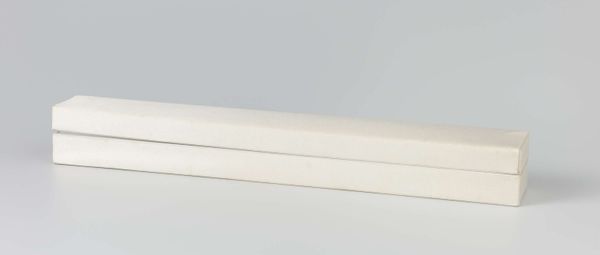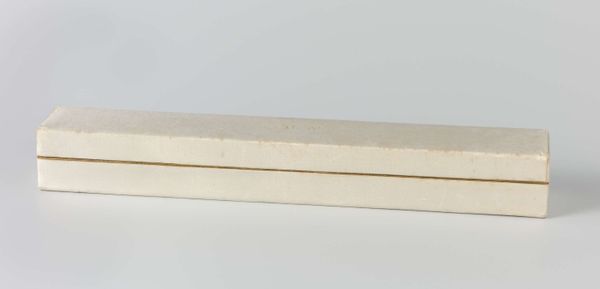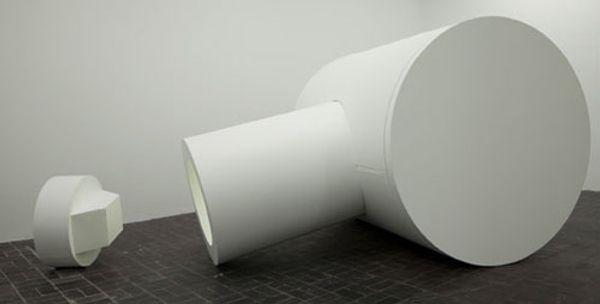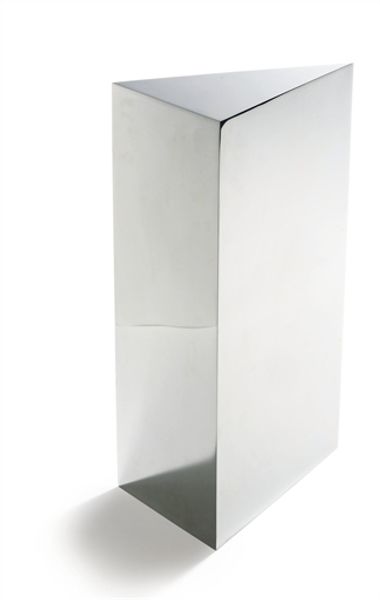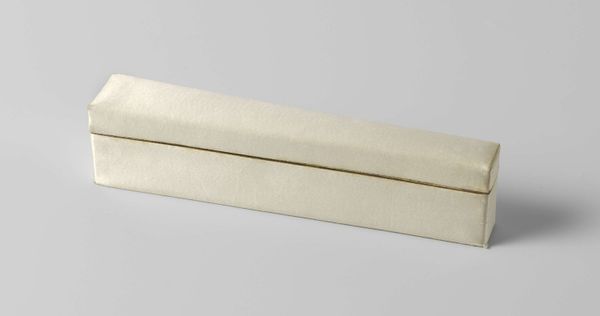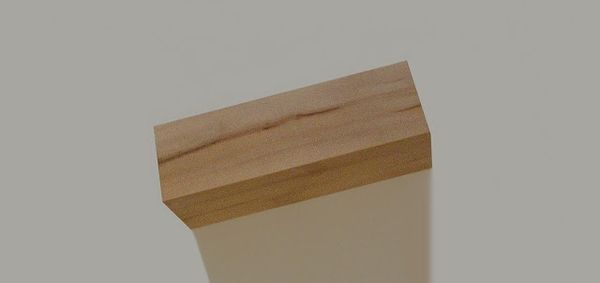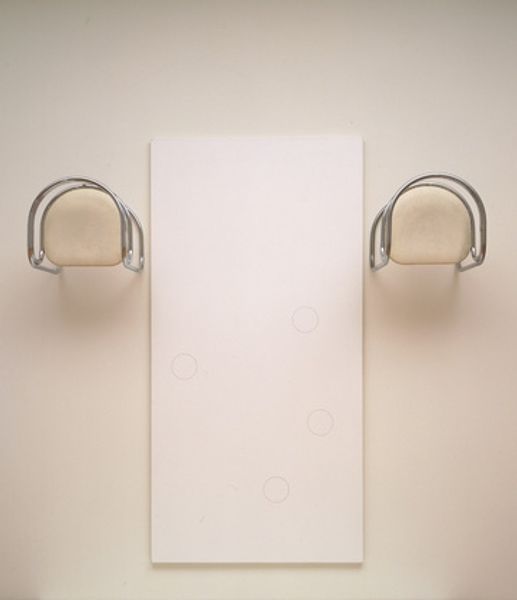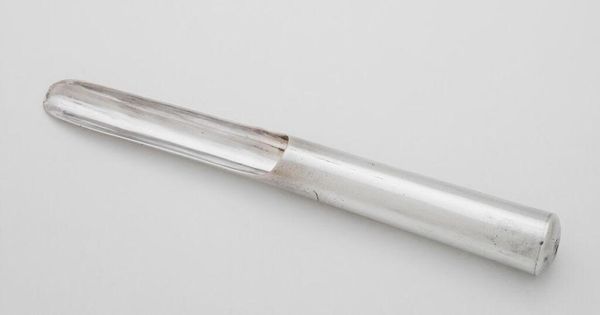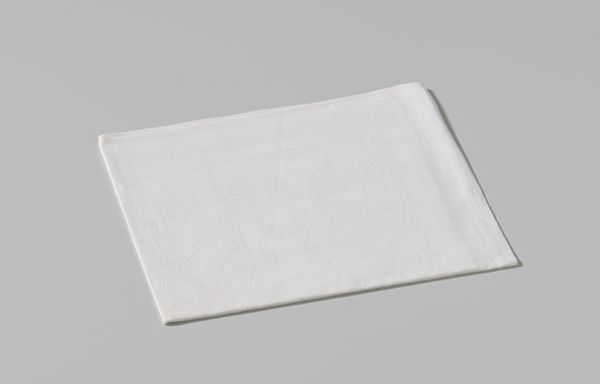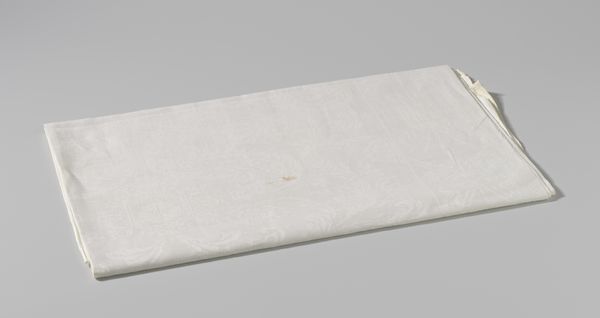
metal, sculpture
#
metal
#
constructivism
#
form
#
geometric
#
sculpture
#
abstraction
Copyright: Public domain
Curator: Before us stands Katarzyna Kobro's "Kompozycja Przestrzenna I," a work created in 1925, using metal to explore pure abstraction. Editor: The immediate impression is one of stark elegance and structural simplicity. It feels almost like an architectural fragment, but one designed more for the mind than for habitation. Curator: Precisely. Kobro was deeply invested in challenging traditional notions of sculpture. The "Spatial Composition" series emerged from her belief that art should engage with real space and time, moving away from representation towards pure relational form. Consider how the geometric forms, seemingly simple in their construction, create a dynamic play of voids and volumes. How might we interpret these relationships through the lens of gender? Kobro often critiqued the masculine-dominated art world through the development of her unique form of modernism. Editor: It certainly presents a compelling argument. While its aesthetic seems clean and almost utopian, when contextualized with her biography and the tumultuous politics of the early 20th century, the metal form hints at a desire for permanence amidst shifting ideologies. I can also imagine that Kobro's explorations of the spatial possibilities in art were directly influenced by her connections with architectural and avant-garde social movements, like the Russian constructivist theories, though her husband Władysław Strzemiński has traditionally been considered the prime link. This work demonstrates a strong link between the development of revolutionary politics and revolutionary art, since the Russian Avant-garde set out to construct a new vision of space and a new mode of social life, as part of the new social order that the Bolshevik revolution had unleashed. Curator: Exactly. It resists narrative, challenging the established hierarchies within art. Looking at this piece from a feminist perspective, it questions the assumed objectivity of male-dominated constructivism. What do you see in the formal choices—the cool industrial medium, the non-hierarchical composition—that speaks to her strategies of resistance? It also suggests that the role and nature of women were debated between traditional society and revolutionary politics. Editor: Absolutely, considering that Polish avant-garde artists pushed boundaries on both representational norms and exhibition protocols—their use of unadorned materials like metal was provocative in a society with traditional aesthetics. What do you find to be the most resonant aspect of her spatial experimentations? Curator: For me, it's how Kobro uses those very restrictive forms to carve out space for alternative readings of history. And you? Editor: It's Kobro's insistence on challenging aesthetic norms while being part of broader cultural-historical events, underscoring art's vital political and social engagement.
Comments
No comments
Be the first to comment and join the conversation on the ultimate creative platform.
